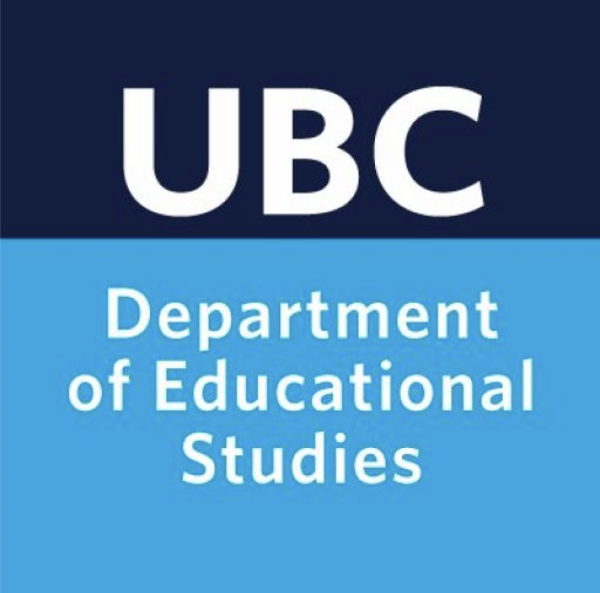Part 7 of the 10-part EDST Dissertation Training Series
By Ella Wright | Blog Editor, EDST | Insights from Dr. Autumn Knowlton
What Is ‘Sock Time’?
During Dr. Autumn Knowlton’s workshop, she described a key moment in the dissertation process—the point where you step out of the background and begin to stand on your own as a scholar. I like to call this moment “Sock Time”.
Why? Because this is where your SOCK—your Significant Original Contribution to Knowledge—starts to emerge.
What Is a SOCK?
SOCK is a term commonly used in Australian doctoral education. It stands for Significant Original Contribution to Knowledge—and it describes what every dissertation must demonstrate.
Your SOCK doesn’t have to be groundbreaking, but it must:
- Be original—something that hasn’t been said quite this way before.
- Be significant—it should matter to your field, even in a small way.
- Be a contribution—you are adding to the existing body of knowledge, not just summarizing it.
In the Findings chapter, your SOCK starts to take shape. This is where you show what you found and begin to highlight what is new, meaningful, or previously unexplored.
The Goal of the Findings Chapter
Your job in this chapter is not to dazzle your reader with deep theory or complex arguments. That comes later. Here, your task is to:
- Present your data clearly.
- Organize it into themes or patterns.
- Begin to bring your voice into the interpretation.
Dr. Knowlton emphasized that this is the moment when you begin to stand on your own two feet. No one else can present your data the way you can.
“You are the only one who has all the information in your head. The challenge is to make it understandable to your reader.”
Organizing Your Findings
Most dissertations organize findings into three major themes, though this can vary. Each theme should include:
- A brief introduction to the theme.
- Data excerpts (e.g., participant quotes, survey results, documents).
- Your interpretation—what does this data show?
- A short summary to close the section.
This structure helps your reader follow your thinking and see the path from data to insight.
What Counts as a Finding?
Not everything you discover will qualify as a formal “finding.” Ask yourself:
- Does this answer my research question?
- Is there enough supporting data to make this a theme or sub-theme?
- Does this contribute to my SOCK?
Some data might be interesting but not central. That is okay. Focus your chapter on what matters most for your study.
Bringing in Your Voice
While the focus is on your data, your voice belongs here too. You will guide the reader:
- Through your interpretation of the data.
- With choices about what to include and how to present it.
- By beginning to signal your contribution—your SOCK.
This chapter marks the transition from student to scholar. You are no longer just summarizing others. You are now saying, “Here’s what I found, and here’s why it matters.”
Clarity Builds Trust
Help your reader understand how you moved from raw data to organized findings. Use:
- Clear headings for each theme.
- Consistent formatting for data excerpts.
- Reminders of how your methodology supports your process.
Your reader is not in your head. Walk them through the findings carefully and clearly.
Key Takeaways
- The Findings chapter presents your data, not your full analysis yet.
- Structure helps: organize by themes, use headings, and guide the reader.
- Your SOCK begins here—this is your original contribution taking shape.
- Focus on findings that answer your research question.
- This chapter is your chance to stand as a scholar and showcase what only you could find.
Explore the Full Dissertation Training Series
- Overview Post – About the Workshops and Series
- Part 1 – Not a Book, Not a Mystery: What Your Dissertation Really Is
- Part 2 – From Jumble Sale to Funnel: Planning Your Dissertation for Clarity and Flow
- Part 3 – Hold the Target, Not the Dart: Crafting and Evolving Your Research Questions
- Part 4 – Conversations, Not Catalogues: Writing a Literature Review with Purpose
- Part 5 – Kitchen Rules: Conceptual and Theoretical Frameworks Explained
- Part 6 – You Are the Method: Positionality, Ethics, and Making Knowledge
- Part 7 – Sock Time: Presenting Your Findings with Clarity and Confidence
- Part 8 – Weaving the Threads: Discussion and Meaning-Making
- Part 9 – What I Did, Why It Matters: Writing Your Scholarly Conclusion
- Part 10 – Don’t Go in Circles: Writing, Editing, and Staying Sane
Resources
Dissertation Preparation and Policies
- UBC Grad Studies – Getting Started:
https://www.grad.ubc.ca/current-students/dissertation-thesis-preparation - Style Guides and Computer Tools:
https://www.grad.ubc.ca/current-students/dissertation-thesis-preparation/style-guides-computer-tools
Writing Support and Self-Guided Modules
- EDST Thesis Writing Module:
https://thesismodules.edst.educ.ubc.ca/ - Developing a Dissertation (EDST Module):
https://thesismodules.edst.educ.ubc.ca/module-library/developing-a-dissertation/ - UBC Library Dissertation Guide:
https://guides.library.ubc.ca/dissertation
Free One-on-One Writing Support
- UBC Writing Consultations for Graduate Students (writing and referencing help):
https://writing.library.ubc.ca/graduates/writing-consultations/
Workshop Recording and Presenter
- Click to view Dr. Autumn Knowlton’s workshop presentation slides.
- Dr. Autumn Knowlton – (Re)Visions Website: https://www.autumnrevisions.com/
Explore More
UBC EDST students can access free tools and support through the Thesis Writing Module and the Developing a Dissertation module. For writing and referencing help, book a free graduate writing consultation.


Leave a Reply